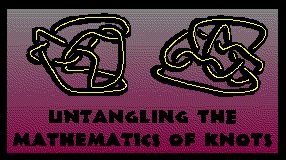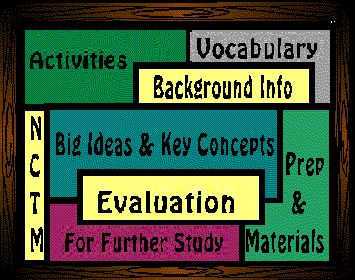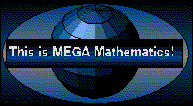

Here are a variety of activities for exploring knots made from pieces of rope. Students can make and verify observations about knots, classify them, combine them, and find ways to determine if two knots are alike. The activities outlined here can be combined to form a single lesson about mathematical knots, or a larger investigative unit that extends over a longer period of time. The sequence in which the activities are listed is roughly in order of increasing difficulty and challenge, but all of the earlier activities are not strict prerequisites for the later ones.
Finding ways to make precise spoken or written statements about an inherently spatial and manipulative experience is a meaningful and interesting challenge for all students. Teachers can help students learn to do this by helping them develop classroom conventions for naming knots, parts of knots, groups of knots, or for labeling parts of knots to make them easier to talk about.
Although presentations and discussions are appropriate as a whole-class activity when studying knots, most of these activities will work best when students work individually, in pairs and small groups. It is important for each student to be able touch and twist the knots that they are thinking about.


